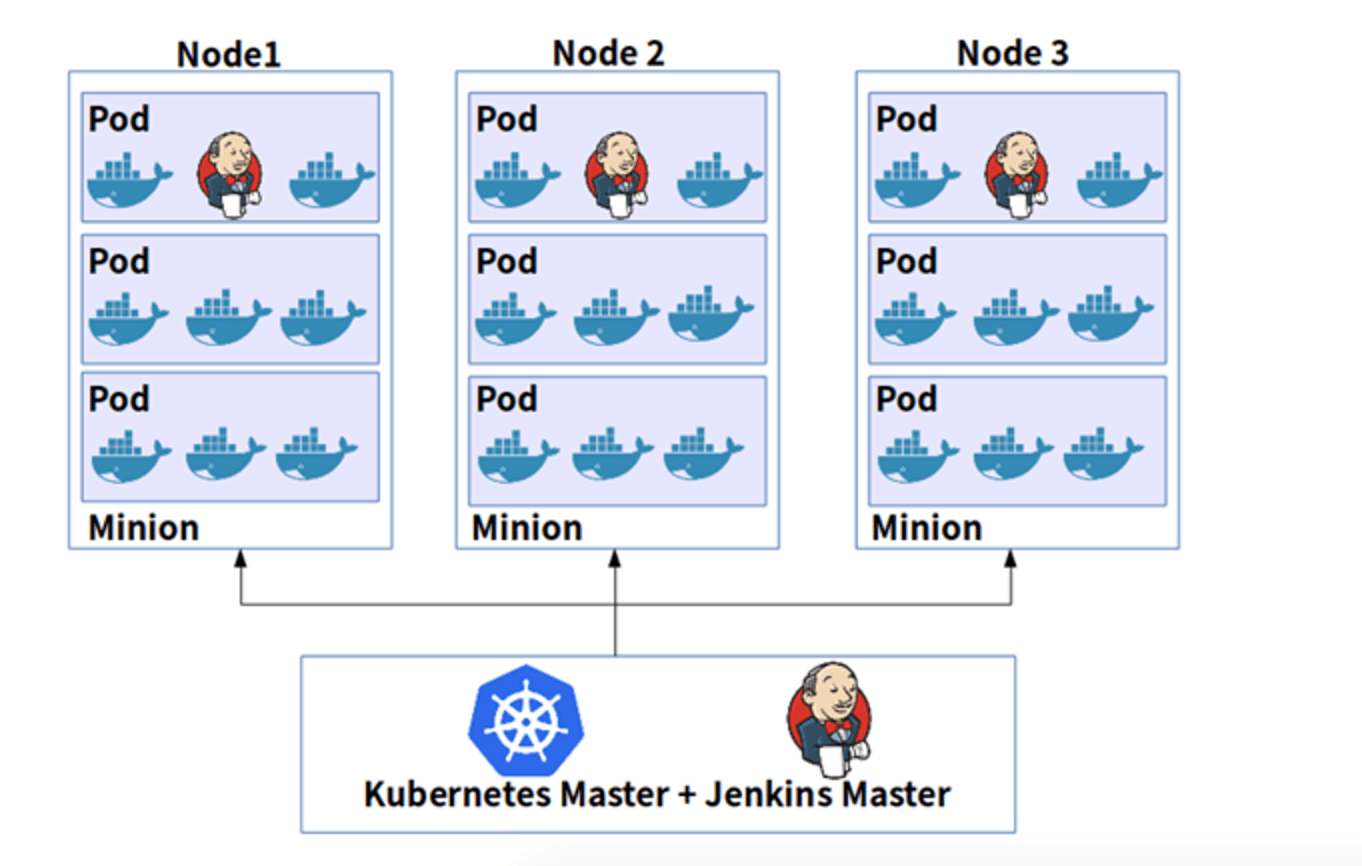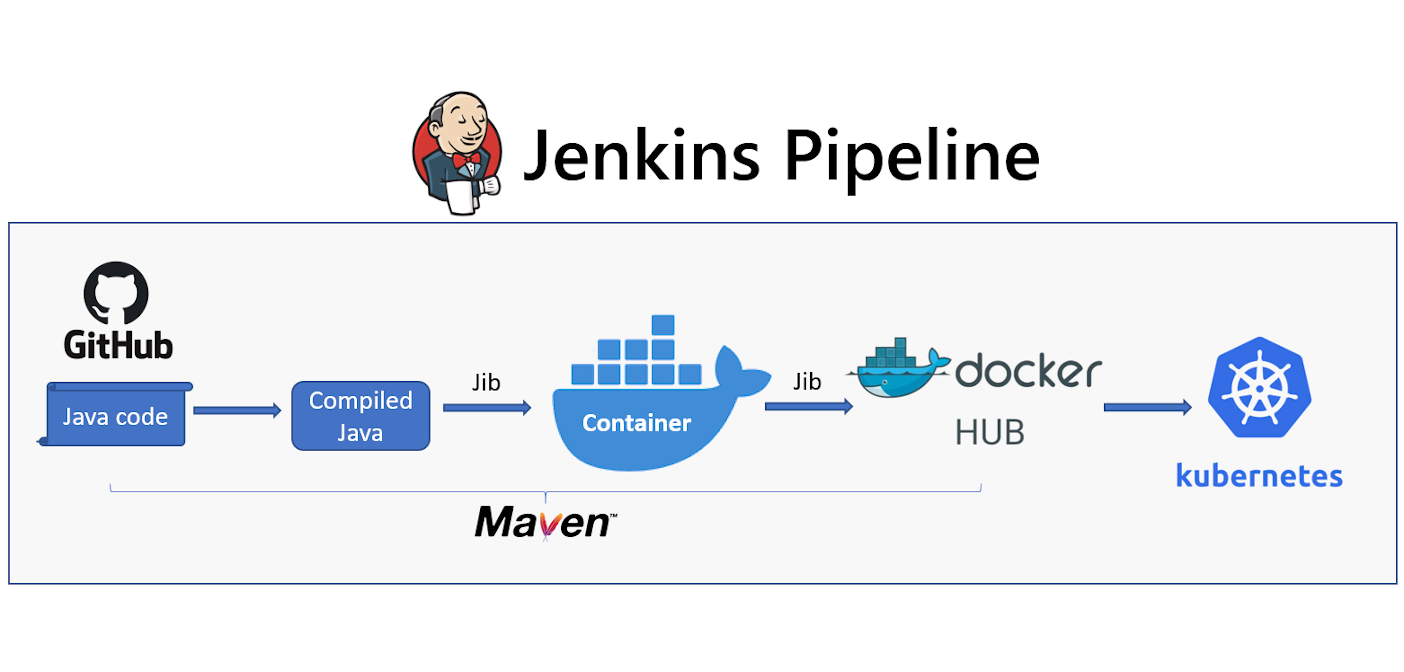
- Docker and kubernetes for java developers github how to#
- Docker and kubernetes for java developers github code#
# Set up kustomize - name: Set up Kustomize run: |. # Push the Docker image to Google Container Registry - name: Publish run: |-ĭocker push "gcr.io/$PROJECT_ID/$IMAGE:$GITHUB_SHA" tag "gcr.io/$PROJECT_ID/$IMAGE:$GITHUB_SHA" \ name: Build and Deploy to GKE on: push: branches: - main env: PROJECT_ID: $ # Build the Docker image - name: Build run: |. # They are provided by a third-party and are governed by # separate terms of service, privacy policy, and support # documentation. YAML # This workflow uses actions that are not certified by GitHub. If you did not configure an environment or if your workflow is in a private repository and you do not use GitHub Enterprise Cloud, delete the environment key. If you configured a deployment environment, change the value of environment to be the name of your environment. Under the env key, change the value of GKE_CLUSTER to the name of your cluster, GKE_ZONE to your cluster zone, DEPLOYMENT_NAME to the name of your deployment, and IMAGE to the name of your image. It then uses the Kubernetes tools (such as kubectl and kustomize) to pull the image into the cluster deployment.
Docker and kubernetes for java developers github how to#
The following example workflow demonstrates how to build a container image and push it to GCR. Once you've completed the prerequisites, you can proceed with creating the workflow. For more information about creating environments, see " Using environments for deployment." Creating the workflow You can use environments to require approval for a job to proceed, restrict which branches can trigger a workflow, or limit access to secrets. When a GitHub Actions workflow deploys to an environment, the environment is displayed on the main page of the repository. (Optional) Configure a deployment environmentĮnvironments are used to describe a general deployment target like production, staging, or development. For more information, see kustomize usage. After creating a kustomization file, the workflow below can be used to dynamically set fields of the image and pipe in the result to kubectl. Kustomize is an optional tool used for managing YAML specs. For more information about how to store a secret, see " Encrypted secrets." (Optional) Configuring kustomize Store the name of your project as a secret named GKE_PROJECT. Store the service account key as a secret named GKE_SA_KEY: $ export GKE_SA_KEY=$(cat key.json | base64)įor more information about how to store a secret, see " Encrypted secrets."

$ gcloud projects add-iam-policy-binding $GKE_PROJECT \ĭownload the JSON keyfile for the service account: $ gcloud iam service-accounts keys create key.json -iam-account=$SA_EMAIL Note: Apply more restrictive roles to suit your requirements. Retrieve the email address of the service account you just created: $ gcloud iam service-accounts listĪdd roles to the service account. It explains how to create the account, add roles to it, retrieve its keys, and store them as a base64-encoded encrypted repository secret named GKE_SA_KEY.Ĭreate a new service account: $ gcloud iam service-accounts create $SA_NAME This procedure demonstrates how to create the service account for your GKE integration.
Docker and kubernetes for java developers github code#
Instructions and NavigationĪll of the code is organized into Configuring a service account and storing its credentials By the end of the book, you will get hands-on with some more advanced topics to further extend your knowledge about Docker and Kubernetes. Moving on, the book will focus on Kubernetes and its features and you will learn to deploy a Java application to Kubernetes using Maven and monitor a Java application in production. Next, you will create an image containing Java Enterprise Application and later run it using Docker. You will then proceed to learn how to refactor monolith application into separate services by building an application and then packaging it into Docker containers. This book will start by introducing Docker and delve deep into its networking and persistent storage concepts. It contains all the supporting project files necessary to work through the book from start to finish. This is the code repository for Docker and Kubernetes for Java Developers.


Docker and Kubernetes for Java Developers


 0 kommentar(er)
0 kommentar(er)
